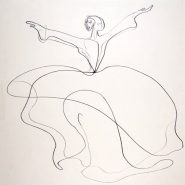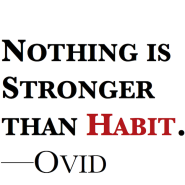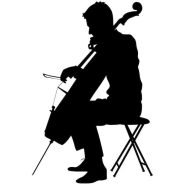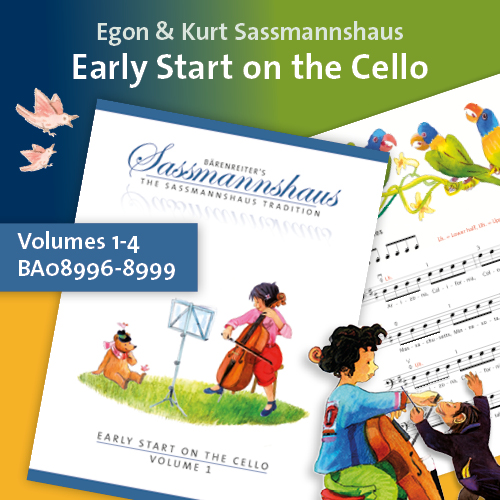Tag: motion
By Rebecca Merblum October 18, 2018
By Selma Gokcen November 26, 2013
Subjects Playing Healthy
Tags accuracy, act, Alexander Technique, attention, Awareness, back, blog, cello, cello playing, cellobello, detect your intention, discovery, distress, effect, effect on cello playing, effortless quality, experiment, familiar, fingers, Gokcen, Habits, head to toe, holding, motion, neck, neuromuscular system, our surroundings, overdoing, pack up our habits, position of rest, Preparation, response, response to life, Selma, sitting, solution, standing, successful functioning in daily activities, support, tension, the preparation phase of movement, well-practiced
By Selma Gokcen January 17, 2012
Subjects Playing Healthy
By Natasha Brofsky March 16, 2011
Subjects Practicing
Tags art, bowings, Brofsky, cello, context, emotion, experiment, fingerings, imagination, inspiration, motion, movements, musical, musical imagination, musicians, Natasha, performance, phrasing, Practice, productive, success, tempo




